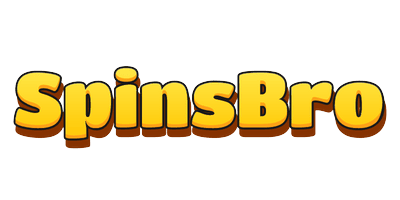The most popular form of gambling today is the slot machine and it generates up to 70% of the casino’s income. The slot machine has now been around for more than 100 years and has seen many changes. While the basics of the machine and the objective of the game remains the same, the technology that drives a slot machine has advanced hugely thanks to the microchip.
The old models were mechanical and worked using reels. When you pulled the handle, reels were spun and numbers painted on the reels gave you the output. The modern machine however is microchip based and highly complex. Let’s take a look at what happens inside a slot machine when you pull on the handle or press the button on the touchscreen.
Every slot machine contains a micro computer called the Random Number Generator (RNG) that is generating numbers constantly, even when the machine is not being used. The RNG typically generates numbers between 1 and several billion hundreds of times every second.
The numbers that are generated are used to determine the position of the reels in the slot machine. When a player pulls on the handle or hit the spin button all he does is ask the machine to display the position of the latest numbers that have been generated.
What this means in real world terms is that if the player who plays after you at a machine hits a big payout, it does not mean that you would have won if you continued playing on it. The payout is the result of the numbers that were generated at the particular moment.
At no point of time is a machine about to hit. The payout percentages and the frequency of hits have been programmed long term. It is possible that machine can go without a hit for several days and then suddenly hit twice within a short time of each other. Playing faster will not improve your chances of winning more. You seem to win more simply because you are playing more.
To give an idea of the probability of hitting a large payout, let’s run through a scenario of what happens when you pull the handle. For the sake of simplicity let’s work with a three reel machine. For instance, if the machine has 10 symbols with 2 blank spaces between each symbol, you have a total of 30 positions on each reel. That gives you a total of 27000 or 30 to the power 3 possible results that you can get when you play.
The odds of your hitting the jackpot on the machine are 27,000 to 1. Given the fact that the RNG is spitting out numbers so rapidly means that the winning combination is being generated quite often, in a relative sense. But the catch is that the probability of your hitting the spin button at that precise moment is very low. It is this phenomenon that makes hitting a jackpot on a slot machine so difficult.
Machines are programmed to have different payback percentages and hit frequencies. There are machines with higher hit frequencies and these are called ‘loose’ machines. The payback on these machines is not very substantial. It makes more sense to play a machine with lower hit frequency and a higher payback percentage.



















